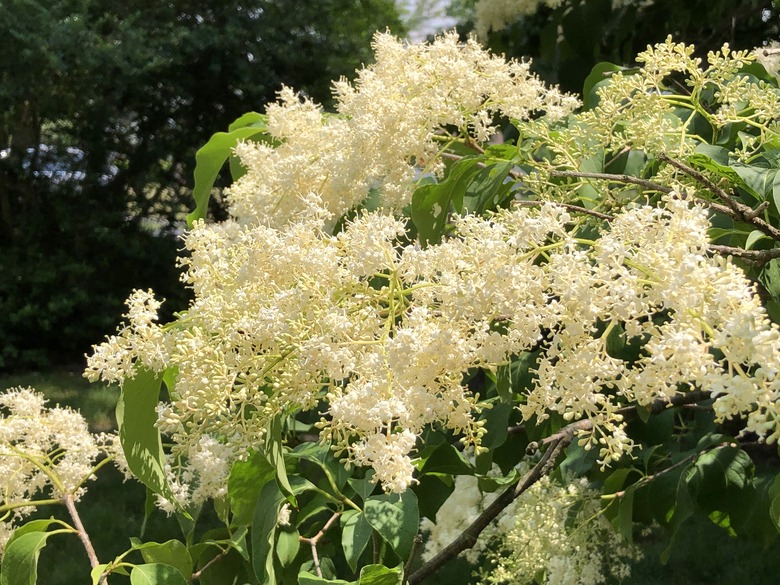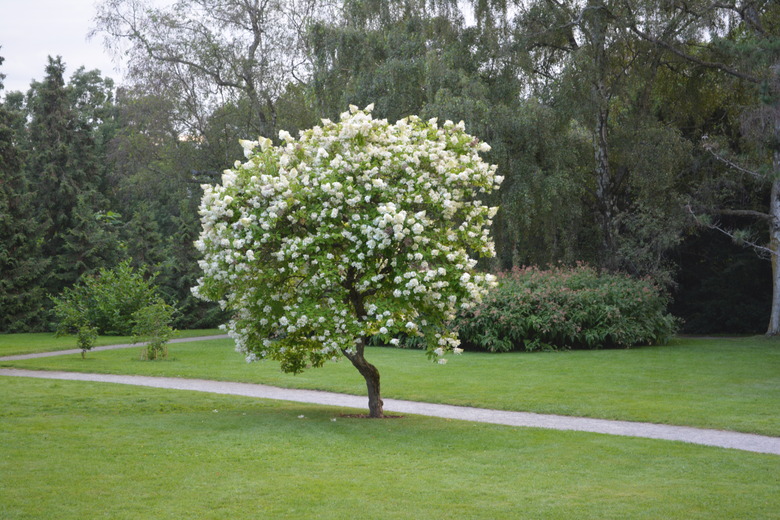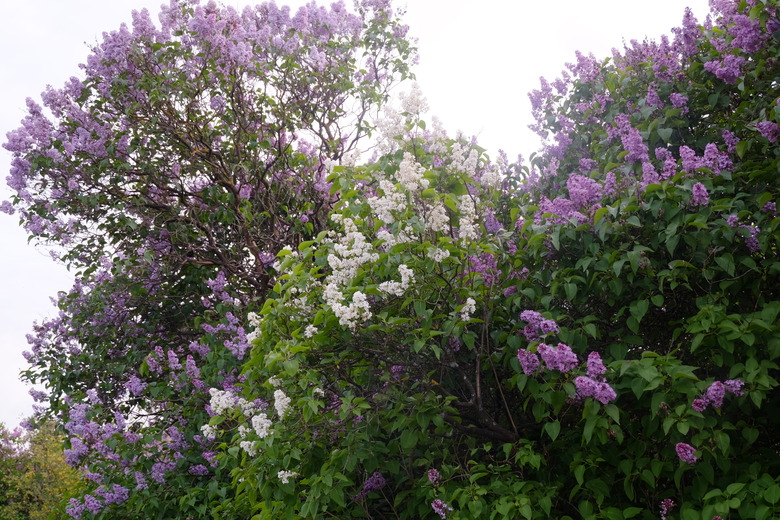How To Care For A Lilac Tree
If the intoxicating scent of fragrant lilac flowers wafts through your garden in early spring or late spring through early summer, you'll know that hummingbirds and other pollinators are sure to follow. In addition to their fragrance and wildlife benefit, lilac flowers offer a rainbow of colors that complement your landscape design.
White flowers, pink flowers, or purple flowers—take your pick—or go with variations on these themes by choosing cream, rose, magenta or lavender. Regardless of the color you choose, you won't be disappointed by the blossom-packed panicles that look as if they're dripping off your lilac bushes.
Maximizing the bloom potential on a lilac tree is the same as that for a lilac shrub. Although many lilacs commonly are called trees, "tree form" may put the point on the pencil of accuracy since these plants generally are considered large shrubs. That is, with the exception of the giant tree lilac, also called Japanese tree lilac (Syringa reticulata). Plant this beauty in your landscape to enjoy flowers in spring and shade in summer.
Lilac Tree Height vs. Other Lilacs
Towering over other types of lilacs, Japanese tree lilac earns its common name. With a potential mature height of 30 feet, these deciduous lilac trees are almost twice or even three times the size of common lilacs (Syringa vulgaris), the species most commonly planted.
Also called English or French lilacs, the common lilac tops out at 8 to 16 feet. Korean lilac (Syringa oblata) and Preston lilac (Syringa x prestoniae) are even shorter, with a potential mature height of 12 feet.
Each species of these and other lilacs also includes numerous cultivars, notably lilac tree's Ivory Silk, common lilac's Charles Joly, Victor Lemoine and Primrose, Korean lilac's Esther Staley and Preston lilac's Miss Canada.
Lilac hardiness varies, depending on species and cultivar, covering USDA plant hardiness zones 2 through 8. Tree lilacs are hardy in zones 3 through 7.
How to Care for a Lilac Tree
Although North Carolina State Extension tags Japanese tree lilac as "the most trouble-free lilac," you can still optimize its health by following some general care tips.
Sun
For maximum blooms, grow lilac trees in full sun, which is at least six hours each day (more is better).
Soil
Although these trees tolerate clay soil, soils rich in organic matter are optimal. Check the soil pH. Slightly acid to slightly alkaline is the sweet spot (6.0 to 8.0).
Water
Aim for slightly moist soil, keeping in mind that this does not mean waterlogged. Well-draining soil is a must. Using mulch will help conserve moisture.
Fertilizer
Although you may think that any plant that profusely flowers needs a lot of fertilizer, lilac trees don't fit this mold. In fact, unless a soil test reveals nutrient-poor soil, hold off on fertilizing for two to three years after planting your lilac. In subsequent years, apply fertilizer only every few years, using a formulation for shrubs. Lawn fertilizers are high-nitrogen products, which are necessary to "green up" a lawn, but which will promote lots of leaves on a lilac at the expense of lush flowers.
Pruning
Pruning lilacs is within easier reach on shorter species and cultivars, but the sheer height of tree lilacs makes accessibility for pruning much more difficult, unless you hire an arborist. For any lilac, pruning is best done immediately after flowering so the current season's growth has enough time to begin flower bud formation. You can prune suckers any time. This is the growth that emerges around the base of plants.


